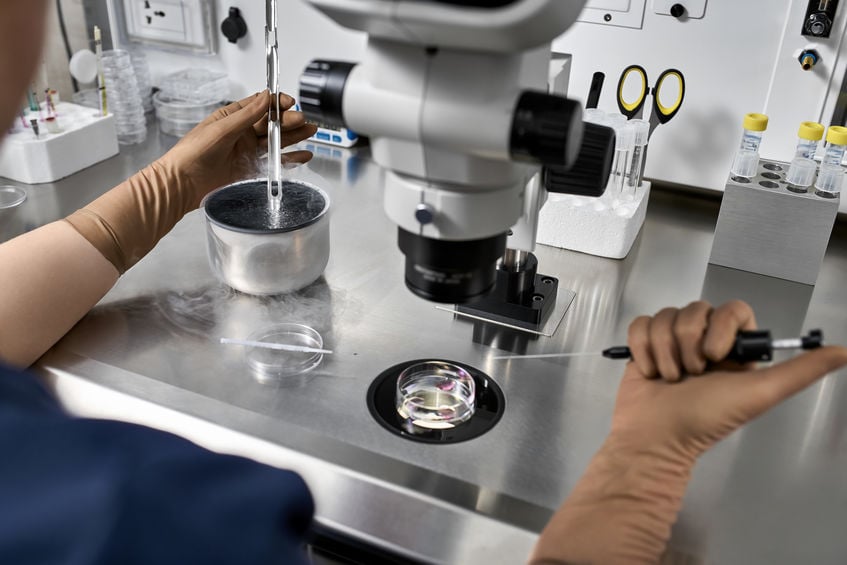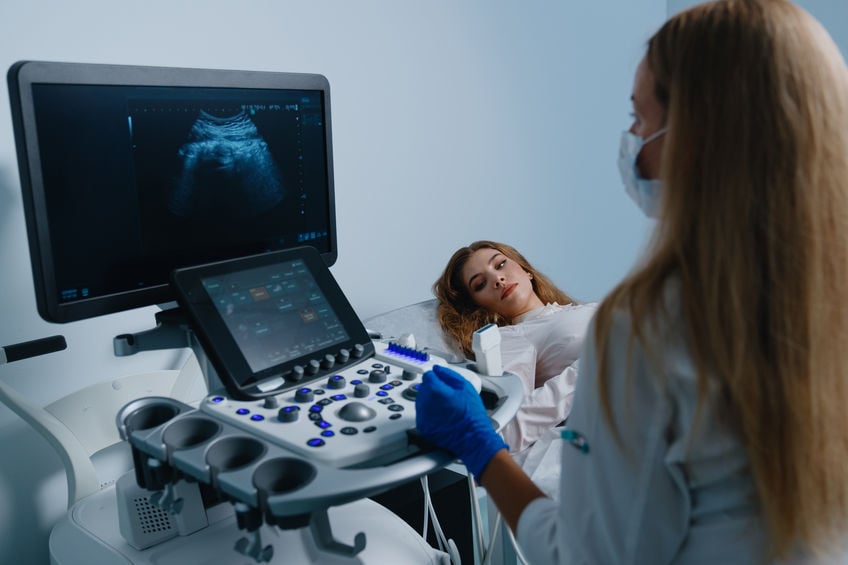Boosting IVF Success With Assisted Hatching
In vitro fertilization (IVF) is the most well-known fertility treatment that increases the chances of pregnancy in women who struggle to get pregnant naturally. IVF is a process where the egg is fertilized with sperm outside of the womb and is later implanted into the uterus. Depending on fertility concerns, the couple can supply the egg and sperm, or donors and surrogates may be used. Other add-ons, such as assisted hatching, can be added to the IVF protocol to increase the chances of successful implantation.

Implantation explained
When a woman conceives, the embryo doesn’t immediately attach to the uterus. Even in natural conception, additional steps are required for implantation to occur. After the embryo is formed, the zona pellucida, a hard outer shell of cells, forms. The layer prevents other sperm from penetrating the fertilized egg and stops implantation from occurring in the fallopian tubes. Once in the uterus, the embryo must break free from the shell for implantation to occur.
IVF and assisted hatching
When undergoing IVF, assisted hatching is an extra step that women or couples can elect to have performed. A fertility specialist creates a small crack using a laser on the zona pellucida. Simply put, the fertility clinic aids the embryo in hatching, which can boost implantation odds. Research suggests that assisted hatching increases implantation and pregnancy rates in many patients and can be performed with fresh and frozen embryos.
The right candidate
Although any fertility patient could request assisted hatching, some individuals are better candidates for the add-on procedure. Women 37 or older and patients who have experienced unsuccessful IVF cycles are best suited for the additional step. Women with known fertility issues or poor conception outlooks are also encouraged to consider assisted hatching to improve the overall chances of pregnancy.
Risks of assisted hatching
Overwhelmingly, assisted hatching is a safe and beneficial procedure that can significantly improve pregnancy rates. However, as with any medical procedure, some risks do exist. Very rarely, the tissue can become damaged, creating an unviable embryo that doesn’t implant. Other times, the hatching support can interfere with how an embryo would naturally hatch, leading to a failed cycle. However, the biggest concern associated with assisted hatching is twinning.
Hatching a plan for pregnancy
Although any IVF patient can consider assisted hatching, women over age 37, individuals with poor embryo quality, and patients with a history of unsuccessful IVF cycles can benefit most. Assisted hatching is relatively safe and can increase the chances of pregnancy for women struggling with infertility. This technology may be just what is needed to give the embryo a slight implantation advantage, resulting in a positive pregnancy test.





